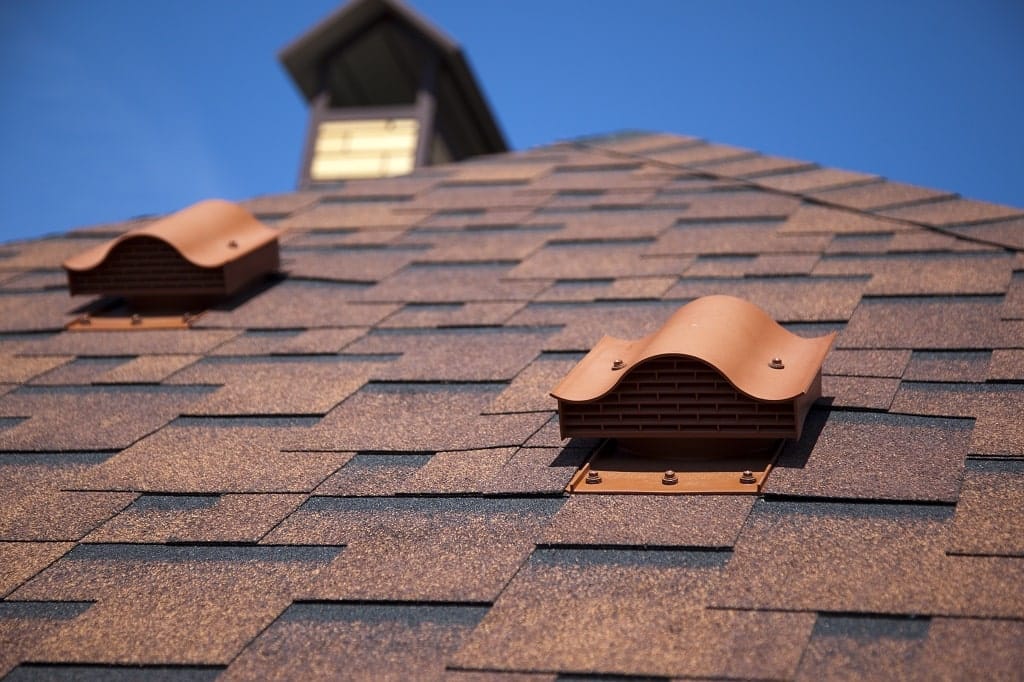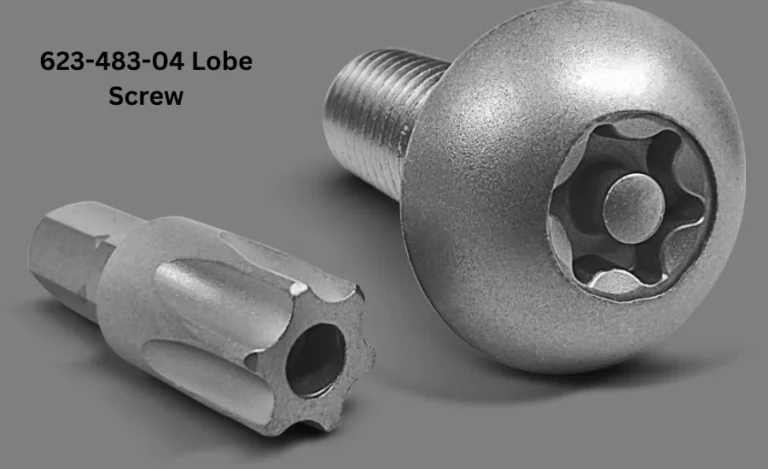The Role of Proper Ventilation in Roof Installation and Longevity
When homeowners think about their roof, they often focus on the visible elements like shingles, flashing, and gutters. However, one of the most important, yet often overlooked, aspects of a roof is ventilation. Proper ventilation plays a key role in ensuring the longevity of your roof and the overall health of your home. Without adequate airflow, moisture and heat can build up in the attic, leading to serious issues that affect the performance of your roof and your home’s comfort.
In this article, we’ll explore why proper ventilation is essential, how it impacts roof performance, and what homeowners should know when installing or maintaining their roof.
1. How Does Roof Ventilation Work?
Roof ventilation is essentially a system that allows fresh air to circulate through the attic while expelling warm, moist air. It typically includes intake vents, located near the bottom of the roof (in the soffits or eaves), and exhaust vents, positioned near the roof’s peak (such as ridge or gable vents). These two types of vents work together to create airflow, ensuring that your attic remains dry and cool throughout the year.
Here’s why this airflow is crucial:
- Regulates Temperature: Proper ventilation prevents excessive heat buildup in the attic, which can warp shingles and reduce the effectiveness of insulation.
- Prevents Moisture Accumulation: Ventilation helps remove moisture that rises from your home into the attic. If left unchecked, this moisture can lead to mold, mildew, and wood rot.
- Protects Insulation: By keeping the attic dry and cool, ventilation ensures that your insulation remains effective. Insulation that’s damp or compressed won’t perform well, leading to higher energy bills.
Without adequate ventilation, the temperature in your attic can reach extreme levels in the summer and trap moisture during the winter, both of which can drastically shorten the lifespan of your roof.
2. The Impact of Poor Ventilation on Roof Longevity
The importance of proper ventilation cannot be overstated when it comes to maintaining the health of your roof. Poor ventilation not only affects the attic but also has serious consequences for the roof structure itself.
Here are some of the most common issues caused by insufficient ventilation:
a. Heat Damage in the Summer
In hot climates or during the summer months, heat can build up inside your attic. Without proper ventilation, temperatures in the attic can soar to over 150°F. This excessive heat can cause shingles to warp, crack, or prematurely age, leading to the need for roof repair or even replacement much sooner than expected.
Furthermore, trapped heat can cause the roof deck and structural elements to expand, weakening the roof’s integrity over time.
b. Moisture Buildup in the Winter
During colder months, moisture is a significant concern. Warm air from inside your home rises and enters the attic, where it can condense on cold surfaces, such as the underside of the roof deck. Without adequate ventilation, this moisture has nowhere to go and can lead to mold growth, wood rot, and even structural damage.
Moisture buildup can also lead to the formation of ice dams, which occur when melted snow refreezes at the roof’s edge, preventing proper drainage and causing leaks.
c. Decreased Energy Efficiency
Poor ventilation traps hot air in your attic, forcing your HVAC system to work harder to maintain a comfortable temperature inside your home. This not only raises your energy bills but also reduces the efficiency of your insulation. Even a well-insulated attic can struggle to keep your home cool in summer or warm in winter if the ventilation system isn’t working properly.
By maintaining proper ventilation, homeowners can extend the life of their roof, improve energy efficiency, and avoid costly repairs due to heat or moisture damage.
3. The Connection Between Roof Ventilation and Insulation
Roof ventilation and insulation work hand in hand to regulate your home’s temperature. While insulation helps keep heat in during the winter and out during the summer, ventilation ensures that excess heat and moisture are expelled from the attic.
Without proper ventilation, insulation can become damp and compressed, reducing its effectiveness. For example, if moisture builds up in the attic, it can cause insulation to clump together or even mold, preventing it from doing its job. This not only affects your roof’s performance but also increases energy costs and can compromise indoor air quality.
For homeowners undergoing a roof installation or roof replacement, it’s essential to ensure that both ventilation and insulation are installed correctly to optimize the roof’s performance. Adding or upgrading attic ventilation can make a significant difference in the overall energy efficiency and durability of your roof.
4. Signs Your Roof Ventilation Needs Attention
While roof ventilation is often out of sight, there are clear signs that indicate your system may not be working properly. Catching these issues early can prevent major damage and help maintain the health of your roof. Here are some red flags to watch for:
a. High Energy Bills
If you’ve noticed a sudden spike in your energy bills, it could be due to poor ventilation. Without proper airflow, your HVAC system has to work harder to cool or heat your home, leading to higher energy costs.
b. Uneven Temperatures
If some rooms in your home are significantly hotter or colder than others, it could indicate that your attic isn’t ventilated properly. The trapped heat in the attic may be affecting the comfort of your living spaces.
c. Ice Dams in Winter
If you’re experiencing ice dams during the winter, it’s a sign that heat from your home is escaping into the attic, causing snow to melt and refreeze along the roof’s edges. This issue is often linked to inadequate ventilation.
d. Condensation in the Attic
If you notice condensation or moisture in your attic, it’s a clear sign that air isn’t circulating properly. This can lead to mold growth, rot, and other structural issues if not addressed promptly.
5. Ensuring Proper Ventilation During Roof Installation
For homeowners planning a roof installation or roof replacement, ensuring proper ventilation is a critical step in the process. Working with a professional contractor who understands the importance of ventilation will help prevent future issues and ensure the longevity of your roof.
Here’s what you should consider when installing a new roof:
- Intake and Exhaust Vents: A balanced ventilation system is key. Make sure your contractor installs both intake and exhaust vents to allow for proper airflow.
- Proper Placement: Vents need to be positioned strategically to ensure efficient air circulation. Intake vents should be placed at the roof’s lowest point (such as the eaves), while exhaust vents should be installed at the highest point (such as the ridge).
- Vent Size: Your ventilation system must be sized correctly for your home’s square footage and roof design. A professional contractor can calculate the correct ratio of intake to exhaust vents to ensure optimal performance.
For homeowners working with Best Choice Roofing, rest assured that ventilation will be carefully considered during the installation process to ensure your roof performs well for years to come.
Conclusion
Proper roof ventilation is a crucial factor in ensuring the longevity of your roof and the overall comfort of your home. From preventing heat damage in the summer to reducing moisture buildup in the winter, ventilation plays a key role in protecting your roof and maintaining energy efficiency.
Whether you’re installing a new roof or repairing an existing one, make sure ventilation is part of the conversation. A well-ventilated roof not only extends its lifespan but also improves your home’s energy efficiency and prevents costly issues down the road. For homeowners unsure about the condition of their roof ventilation system, a professional inspection can provide peace of mind and prevent future problems.






